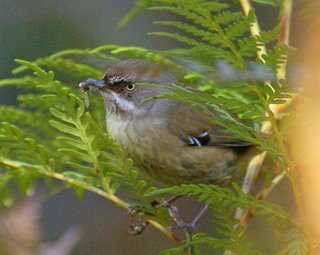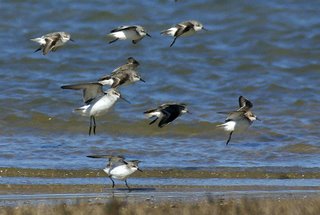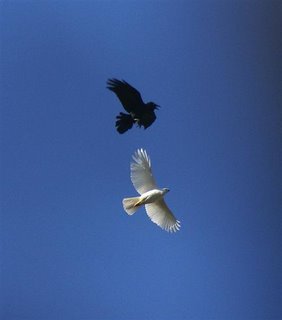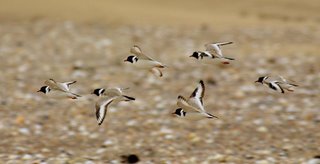
I've made several attempts to photograph Tasmanian Scrubwren, largely without success--well no shots that I'm going to show you! They inhabit some of the darkest (and wettest) parts of the forest that are a challenge to photographers. I recently tried yet again in the Meehan Range. The attempt wasn't without some drama. After locating some Scrubwrens at the bottom of a steep gully, I lost a piece of camera gear into the gully. Sitting down to divest myself of binoculars etc.,before

clambering down, I was bitten on the ankle by an Inchman. For those who may not be familiar with this ant, it's, as the name implies, around an inch long and armed with pincers to match. Fortunately, their 'sting' rarely has any lasting impact, at least on me. I also found several more of these insects hanging onto my footwear--I've often wondered whether they're attracted by foot odour! After retrieving the piece of gear, I rather lost interest in photographing at this spot, and thought I'd failed again. As I neared my car, I heard the soulful call of a Beautiful Firetail, and went in search of it. Almost immediately I was scolded by a Scrubwren from an area th

at looked a possibility for photography. Firetail forgotten, I spent the next half hour or so taking the shots shown here. At first I was surprised that the Scrubwrens didn't just dive for cover, as they usually do. But after reviewing one of the images, I realised that they had a nest in the vicinity and were carrying food to their young. Time to withdraw and leave them in peace. The nest was in the centre of a lone clump of sags, in the middle of the, at present, dry creek bed. Domed and lined, it appeared to have 3 young, lightly covered in down. I have found several Scrubwren nests, over the years, but this was the least camouflaged of any I've seen. This species is a Tasmanian endemic, but was previously 'lumped' with the Mainland White-browed Scrubwren, albeit, as a sub species.
 John & ShirleyTongue write : After Phil Robinson's post in August about the Quail-thrush at White-water Wall in Freycinet, we ventured up there today and happened upon one, lone, but very co-operative male. He fed nonchalantly along the track which crossed in front of us, for about 5 minutes or so. Sadly the limitations of our camera, the dappled light, and the constant movement of the bird means I don't have brilliant pictures. It would certainly be worth visiting for any Tassie birders looking for this species.
John & ShirleyTongue write : After Phil Robinson's post in August about the Quail-thrush at White-water Wall in Freycinet, we ventured up there today and happened upon one, lone, but very co-operative male. He fed nonchalantly along the track which crossed in front of us, for about 5 minutes or so. Sadly the limitations of our camera, the dappled light, and the constant movement of the bird means I don't have brilliant pictures. It would certainly be worth visiting for any Tassie birders looking for this species.


































